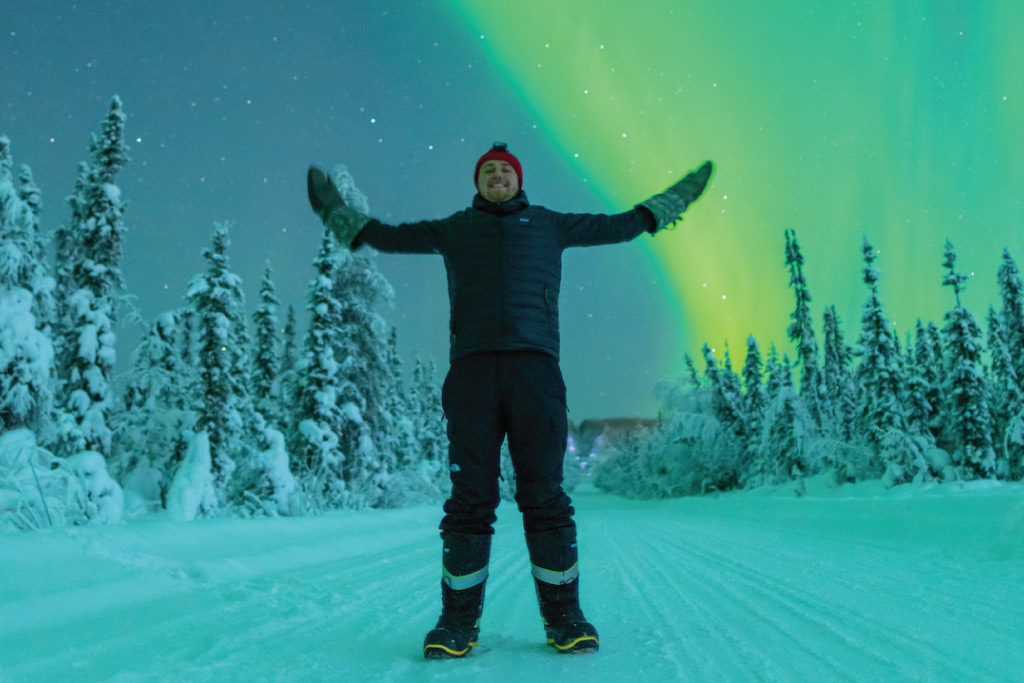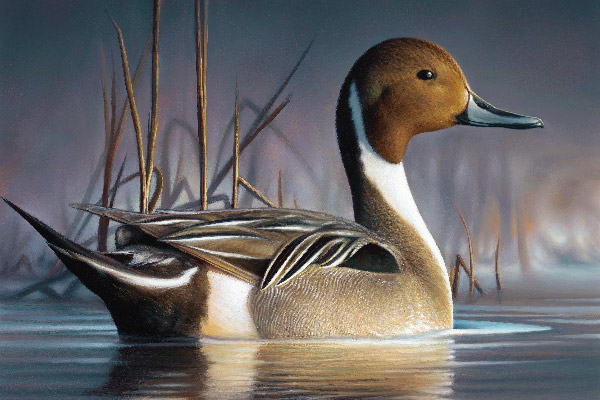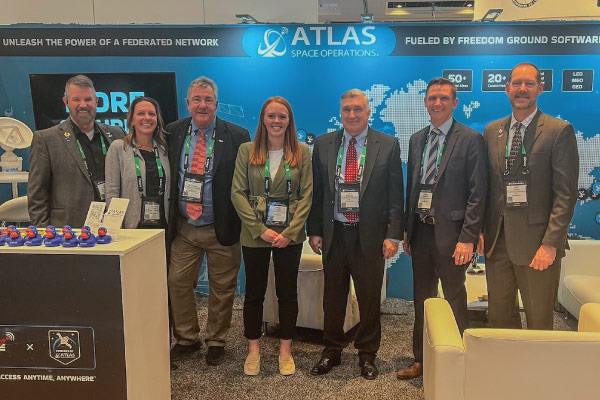Illuminating the Night Sky
Aurora enthusiast Vincent Ledvina, ’22, becomes leading space weather researcher.
Some people call Vincent Ledvina, ’22, “The Aurora Guy” — a nickname he wears proudly.
It’s a fitting title for someone whose fascination with the night sky began at age 4, when he first glimpsed the Northern Lights from his home outside Minneapolis.
“I got fascinated with the night sky — planets, the Milky Way, black holes.”
At 16, Vincent purchased his first camera and began taking photos of the Northern Lights. “After that, I was hooked — not only on photographing auroras but also on the science of space weather.”
Studying physics at UND provided a perfect launchpad. “I would drive out to the middle of nowhere, set up my camera, watch the space weather data, and try to spot the aurora.”
Friends began calling him “The Aurora Guy.”
The nickname stuck.

When people think of the Aurora, they’re usually picturing the Northern Lights, or the Aurora Borealis. Its lesser-seen counterpart, the Aurora Australis, or Southern Lights, illuminates the skies over the remote expanses of Antarctica and the Southern Ocean. (Vincent, above, under the Northern Lights.)
From UND To the World
Auroras are defined as a natural electrical phenomenon characterized by the appearance of streamers of reddish or greenish light in the sky, especially near the northern or southern geomagnetic poles.
While at UND, Vincent interned with Aurorasaurus, a NASA-funded citizen science project, researching ways to improve aurora forecasting in North Dakota. He also served as a NASA STEM Ambassador for the North Dakota Space Grant Consortium.
He recalls a research trip to an Air Force outpost in Fort Yukon, Alaska. “I saw auroras straight overhead. It was overwhelming and awe-inspiring. That’s when I knew I wanted to make Alaska and aurora-chasing a central part of my life.”
In 2023, Vincent started a Ph.D. in space physics at the University of Alaska Fairbanks. He’s a sought-after speaker on space weather and aurora chasing, and a student representative on the White House-appointed Space Weather Advisory Committee.
“The committee addresses how space weather impacts everything from GPS and telecommunications to flight operations and even power grids,” he said.
In 2024, a solar storm caused GPS disruptions that delayed U.S. farmers planting during optimal conditions and cost the agriculture industry an estimated $500 million.
While it was the beauty of the night sky that first sparked his curiosity, Vincent’s new mission is to understand how it affects those of us on Earth.


